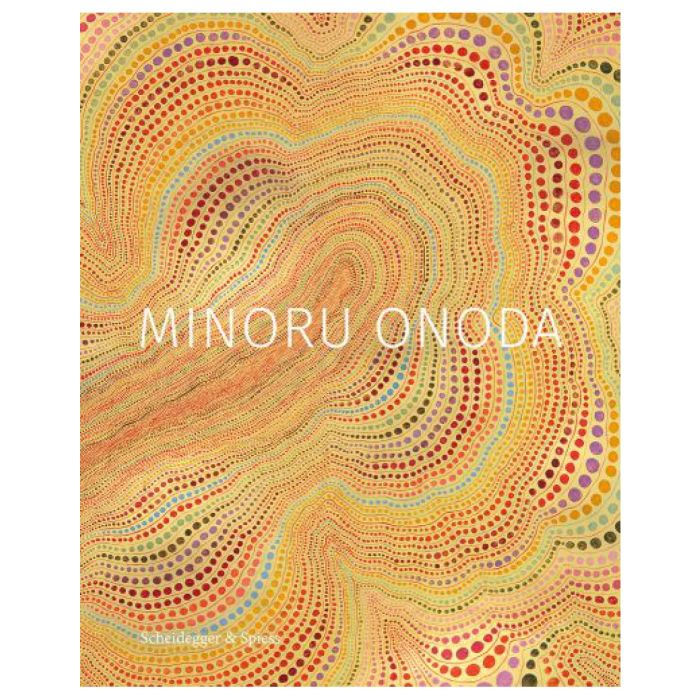My Cart
Your cart is empty
Looks like you haven't made your choice yet.
- Subtotal
Minoru Onoda

- Scheidegger & Spiess
- by Edward M. Gómez
More Information
| Publisher | Scheidegger & Spiess |
|---|---|
| ISBN | 9783858818225 |
| Author(s) | Edward M. Gómez |
| Publication date | January 2019 |
| Edition | Hardback |
| Dimensions | 300 x 240 mm |
| Pages | 224 |
| Language(s) | English ed. |
Description
Minoru Onoda was born in Japanese-occupied Manchuria to a Japanese family in 1937. Before the outbreak of World War II, they moved to Himeji in Japan, which remained the artist’s residence until his passing in 2008. Following his artistic education at the Osaka Institute of Fine Arts and at Osaka School of Art in the 1960s, Onoda joined the Gutai, Japan’s first post-war radical artistic movement. Gutai challenged what the movement considered a reactionary understanding to initiate new notions of art, and redefined the relationships among body, matter, time, and space. Enchanted by concepts of repetition, Onoda produced panels with amalgamations of gradually increasing dots with relief, creating organically growing shapes, progressing to infinite circles and ultimately moving to a monochrome style in painting. When Gutai disbanded in 1972, he opted for a conceptual style in which the proliferating dots disappeared. The Western world has received Minoru Onoda’s art almost exclusively in the Gutai context, for example in the 2013 exhibition Gutai: Splendid Playground at New York’s Guggenheim Museum. This overdue first-ever monograph on Minoru Onoda introduces him as an artist in his own right. Apart from investigating his relations with Gutai, it explores his creative process with a particular focus on his sketchbooks.

Minoru Onoda
